A considerable segment of Apple's customer base own more than one of the company's products, and their loyalty is a better indicator of the company's success than just numbers.
Apple's hardware ecosystem is expansive and diverse, encapsulating a range of devices from iPhones to Mac computers, each with its dedicated user base. However, when analyzing the penetration of these devices among US consumers, the numbers reveal more than just market share.
A recent Consumer Intelligence Research Partners (CIRP) study focuses on Apple users who purchased at least one Apple product within the last quarter. The survey results show an impressive 91% iPhone ownership rate among recent Apple customers.
Additionally, 75% of these consumers own an iPad, and 54% have a Mac computer, Apple's original flagship product. About 66% of these customers own an Apple Watch, emphasizing the success of Apple's foray into wearable technology.
The ownership rates of these devices among Apple's consumers underscore a significant trend — a large portion of Apple's customer base doesn't stop at the iPhone. They extend their loyalty to additional Apple products.
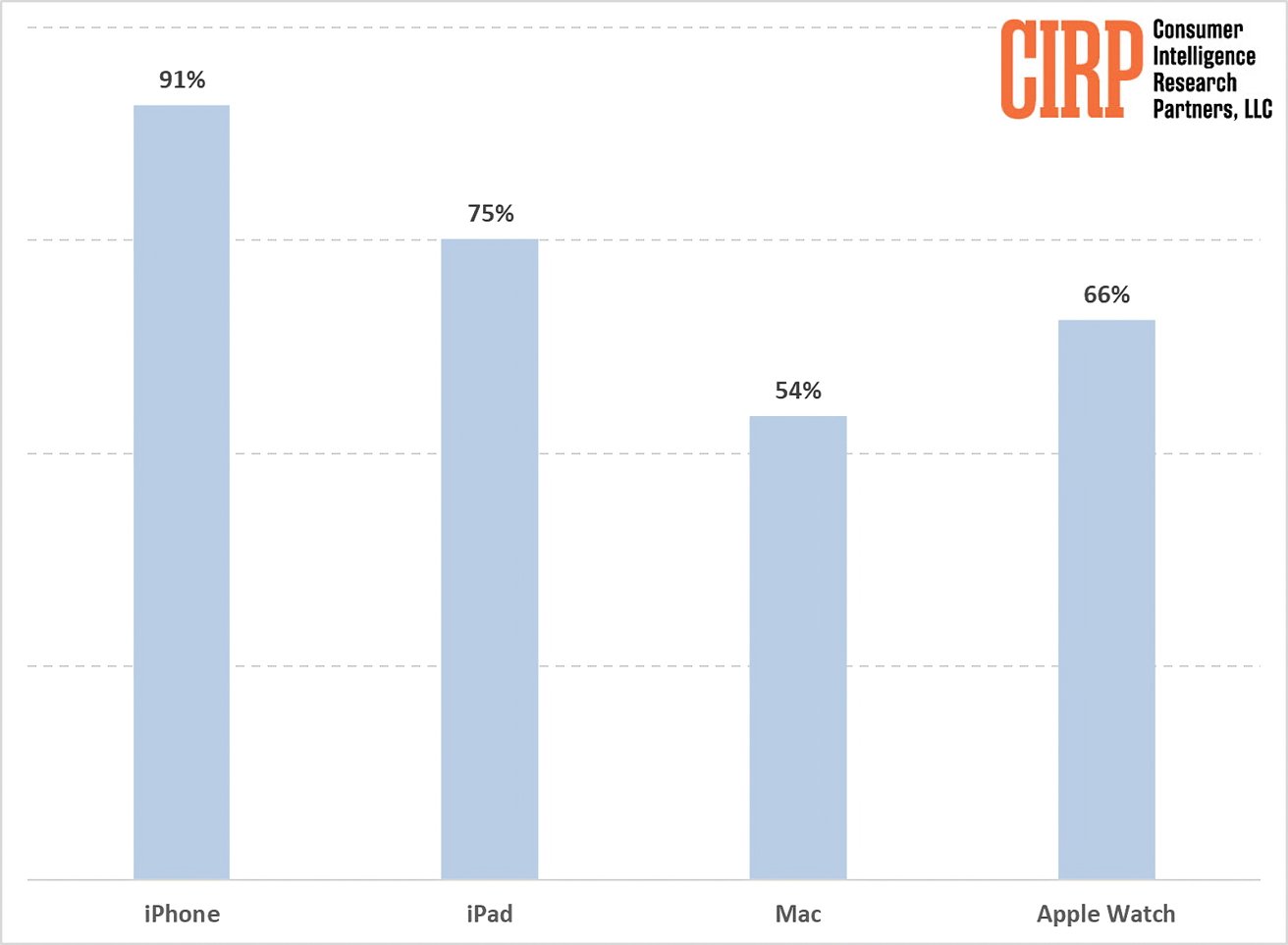 Recent Apple customers within the twelve months leading up to December 2023 experienced increased adoption of Apple hardware.
Recent Apple customers within the twelve months leading up to December 2023 experienced increased adoption of Apple hardware.It's important to note that these high percentages reflect the behaviors of Apple's most enthusiastic consumers. These customers are likely to purchase multiple Apple products within a short time frame, especially iPhone users.
The strong loyalty and propensity to own multiple devices isn't new but part of a long-standing trend of Apple customers.
Apple's evolving hardware ecosystem
At the turn of the century, Apple's hardware success was through its Mac computers. They were widely regarded for their unique operating system and user-friendly interface.
As Apple introduced the iPod in 2001, it revolutionized the way consumers interacted with music. The first iPod was essentially a Mac accessory, until Apple opened it up to Windows users.
And with that shift, the iPod's success attracted new users to other Apple products, particularly as iTunes became a gateway to the Apple ecosystem.
Next, the introduction of the iPhone in 2007 marked a significant shift in Apple's product strategy. The iPhone quickly became the cornerstone of Apple's hardware lineup, overshadowing iPods and driving unprecedented growth for the company.
Today's report doesn't reflect it, as it mostly focuses on Apple fans, but there are about 25 iPhone users to every Mac user at present.
Today, while the iPhone continues to be Apple's flagship product, the Apple Watch and services like Apple Music and iCloud are increasingly significant to the company's ecosystem. These services not only enhance the functionality of Apple hardware but also encourage customer loyalty and repeat purchases.
And, the iPhone is now the gateway to the entire Apple ecosystem.
As Apple continues to innovate, the recent introduction of the Apple Vision Pro represents its latest venture into the hardware market. Whether the Vision Pro becomes a pivotal element of the company's hardware lineup or remains a niche product will depend on its adoption and integration within Apple's ecosystem.
 Andrew Orr
Andrew Orr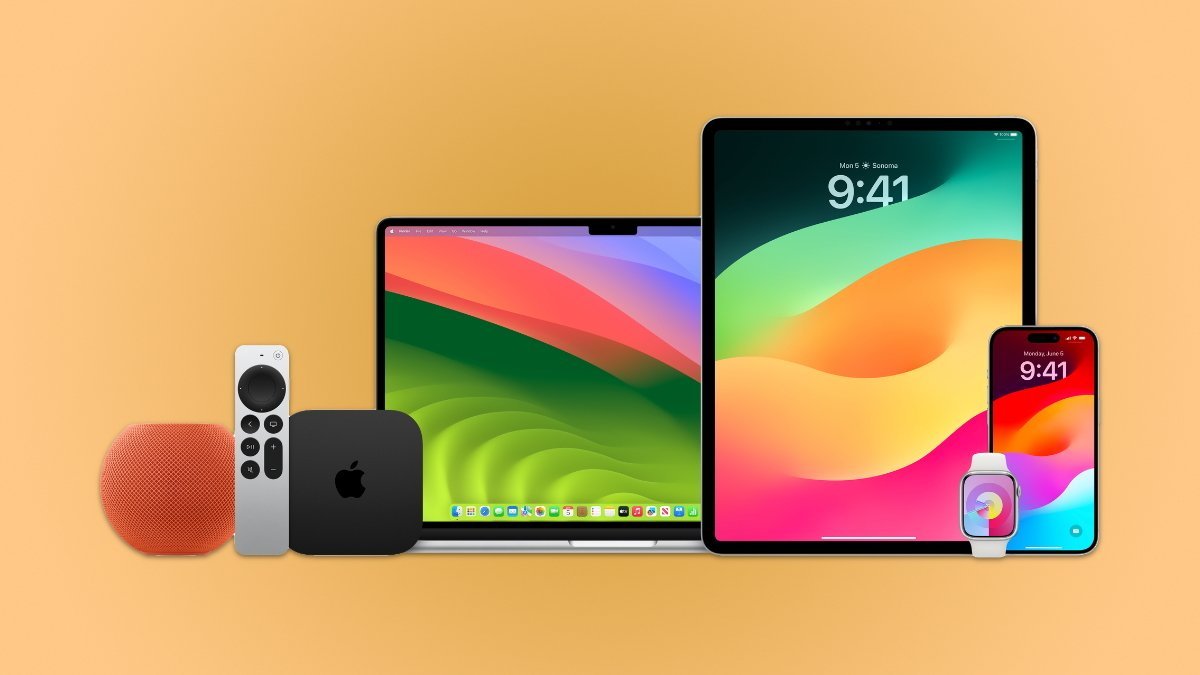

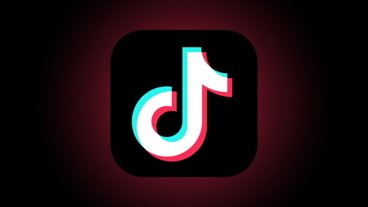
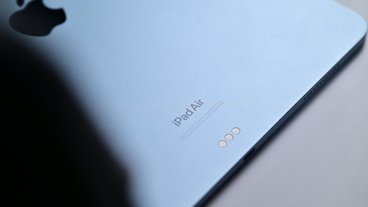
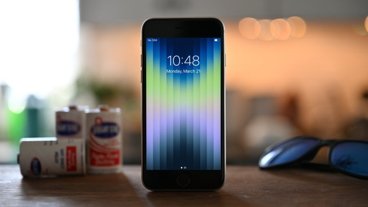

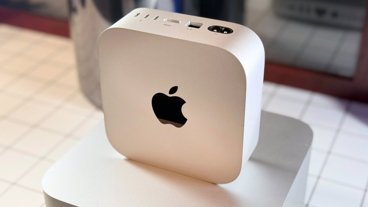
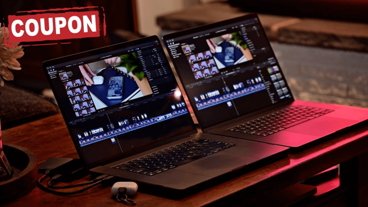
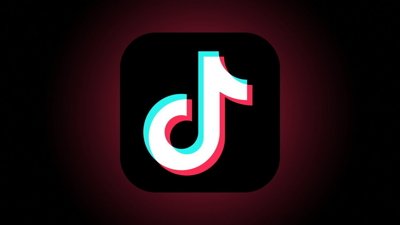
 William Gallagher
William Gallagher
 Charles Martin
Charles Martin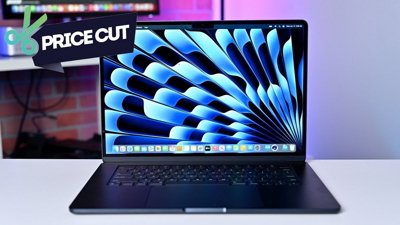
 Christine McKee
Christine McKee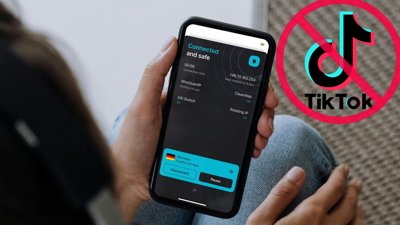
 Sponsored Content
Sponsored Content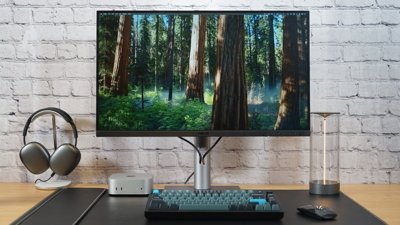
 Wesley Hilliard
Wesley Hilliard
 Malcolm Owen
Malcolm Owen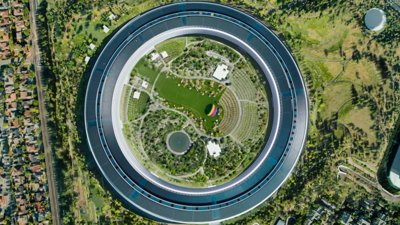


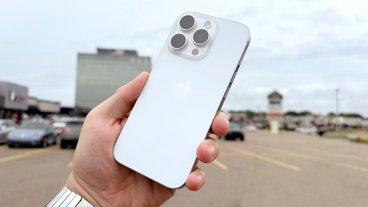
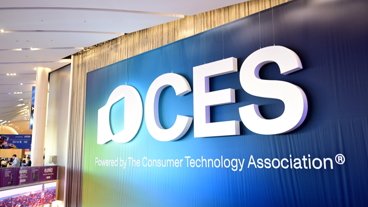

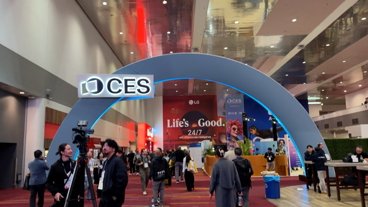
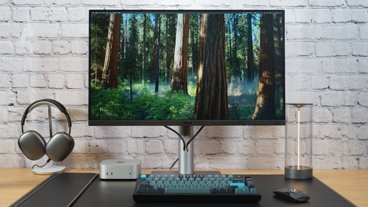
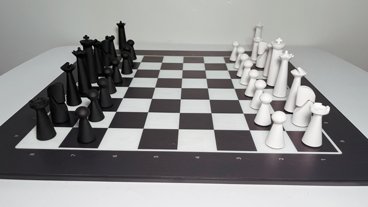


There are no Comments Here, Yet
Be "First!" to Reply on Our Forums ->